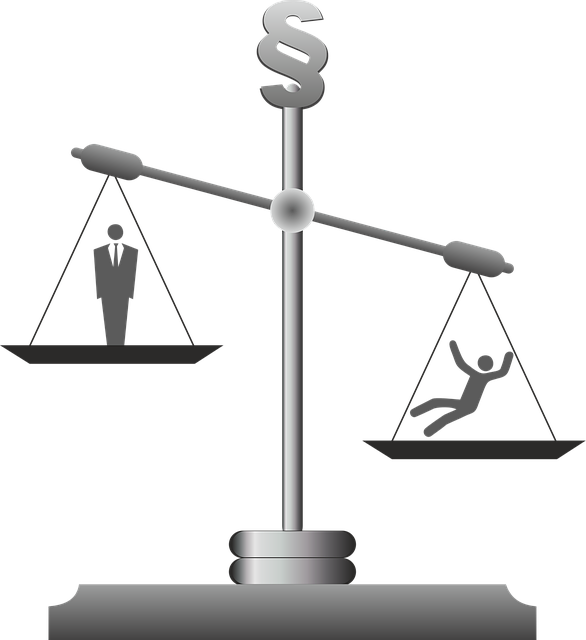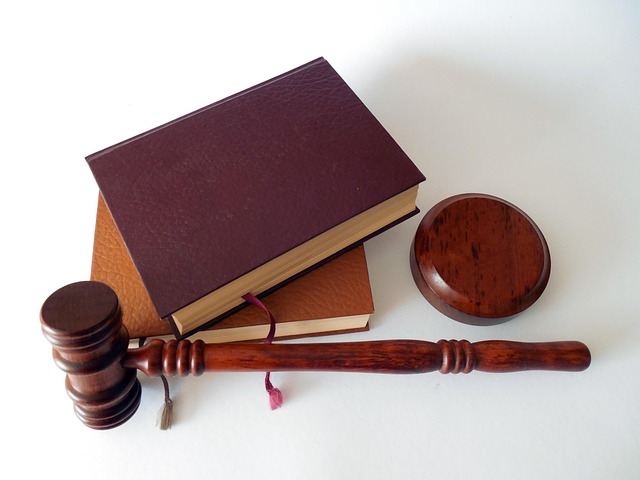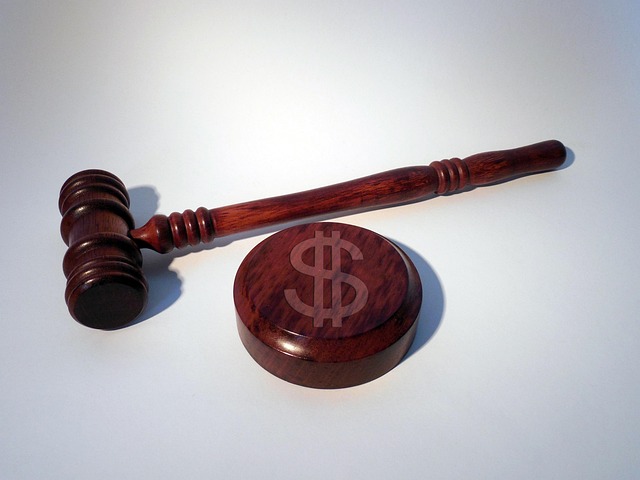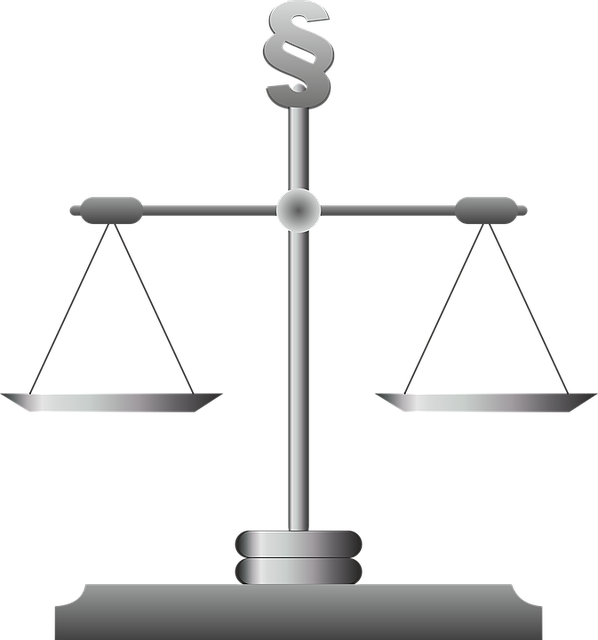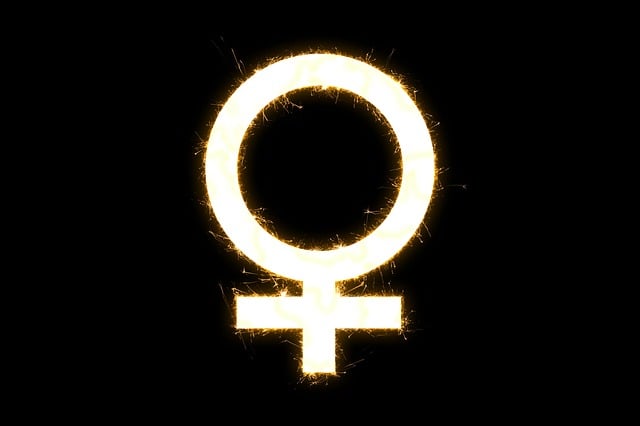C-Level investigations probe high-ranking executives for corporate misconduct, employing legal teams to navigate complex structures and laws. When leading to lawsuits, strategic steps include evidence gathering, legal consultation, and defining compensation. Building a solid case in personal injury lawsuits demands meticulous evidence collection, strategic planning, and understanding business dynamics. Navigating the process is crucial for favorable outcomes, especially in white-collar crimes, ensuring proper resolutions through adept legal strategies.
“In the realm of corporate governance, C-Level investigations play a pivotal role in uncovering wrongdoings and ensuring accountability. This comprehensive guide delves into the intricate steps involved in launching such inquiries, from understanding the nuances of C-level investigations to navigating complex legal strategies. We explore evidence collection methods, expert insights, and trial preparation, offering a clear roadmap for successful outcomes in personal injury lawsuits. By following these steps, organizations can effectively address misconduct and protect their stakeholders.”
- Understanding C-Level Investigations: Uncovering Wrongdoing
- Launching the Lawsuit: Initial Steps and Legal Strategy
- Building a Solid Case: Evidence Collection and Expertise
- Navigating Complexities: Trial Preparation and Potential Outcomes
Understanding C-Level Investigations: Uncovering Wrongdoing

C-Level Investigations refer to the probe and examination of high-ranking executives or ‘C-Suite’ members within an organization. These investigations are typically launched in response to allegations of wrongdoings, such as fraud, embezzlement, breach of fiduciary duty, or violation of corporate policies. The process involves meticulous steps, akin to a complex puzzle, where every piece of evidence is crucial. It demands a deep understanding of both criminal and civil laws, as well as the ability to navigate the intricate web of corporate structures and practices.
The investigation process often includes gathering and analyzing financial records, email communications, and witness statements. Legal teams specialized in these matters employ sophisticated strategies to uncover the truth while ensuring that all steps comply with legal standards. A successful C-Level Investigation requires an unprecedented track record of meticulousness, discretion, and a deep knowledge of both general criminal defense principles and the unique challenges presented by corporate misconduct cases. Ultimately, it aims to provide a clear picture of any wrongdoings and hold those responsible accountable, ensuring fairness and justice for all parties involved.
Launching the Lawsuit: Initial Steps and Legal Strategy
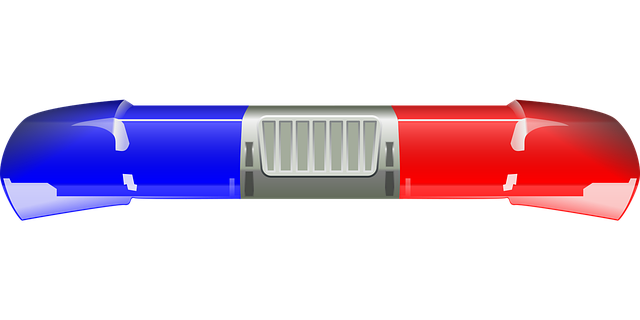
When a C-Level investigation culminates in a lawsuit, initiating the legal process involves a series of strategic moves. The initial steps in a personal injury lawsuit include gathering comprehensive evidence, consulting with legal experts, and defining the compensation sought. This foundational phase is paramount, as it lays the groundwork for the entirety of the case.
Legal strategists play a pivotal role in navigating the complex landscape of personal injury law. They guide clients through the Steps in a Personal Injury Lawsuit Process, tailoring their approach to the unique circumstances of each respective business, philanthropic, and political community. The goal is to secure justice and fair compensation for his clients, ensuring their rights are protected throughout the legal journey.
Building a Solid Case: Evidence Collection and Expertise

Building a solid case starts with meticulous evidence collection. In any personal injury lawsuit process, gathering robust and relevant evidence is paramount. This includes medical records, eyewitness statements, photographs, and expert opinions that corroborate the claim. Legal professionals play a crucial role in guiding clients through this phase, ensuring all necessary documentation is obtained accurately and in a timely manner.
Expertise comes into play when navigating complex legal landscapes. Skilled attorneys possess the knowledge and experience to interpret evidence, identify potential weaknesses, and develop compelling arguments. This strategic approach enhances the chances of securing winning challenging defense verdicts for their clients. By understanding the respective business dynamics and applicable laws, they can build a robust case that stands up to scrutiny in court.
Navigating Complexities: Trial Preparation and Potential Outcomes

Navigating complexity is an integral part of any legal process, especially when it comes to trial preparation in a personal injury lawsuit. This stage involves meticulous planning and strategic decision-making to ensure the best possible outcome for all involved parties. The first step is gathering comprehensive evidence, which includes medical records, witness statements, and relevant documentation. This extensive collection serves as the foundation for building a compelling case.
As the process unfolds, legal teams must consider various potential outcomes. For corporate and individual clients alike, understanding the complexities of white-collar and economic crimes is paramount. The steps in a personal injury lawsuit process, from investigation to trial, can be intricate and time-consuming. However, with careful navigation and an adept white-collar defense strategy, clients can mitigate risks and achieve favorable resolutions.
C-Level investigations, while complex, are a crucial step in uncovering wrongdoing at the highest levels. From understanding the process to navigating legal complexities, this guide has outlined key steps in the C-level lawsuit process, emphasizing evidence collection and strategic preparation. Whether launching a personal injury claim or pursuing justice for organizational misconduct, these strategies ensure a solid foundation for success. Remember that each case is unique, so consulting with legal experts is essential to tailor these steps to your specific situation.
